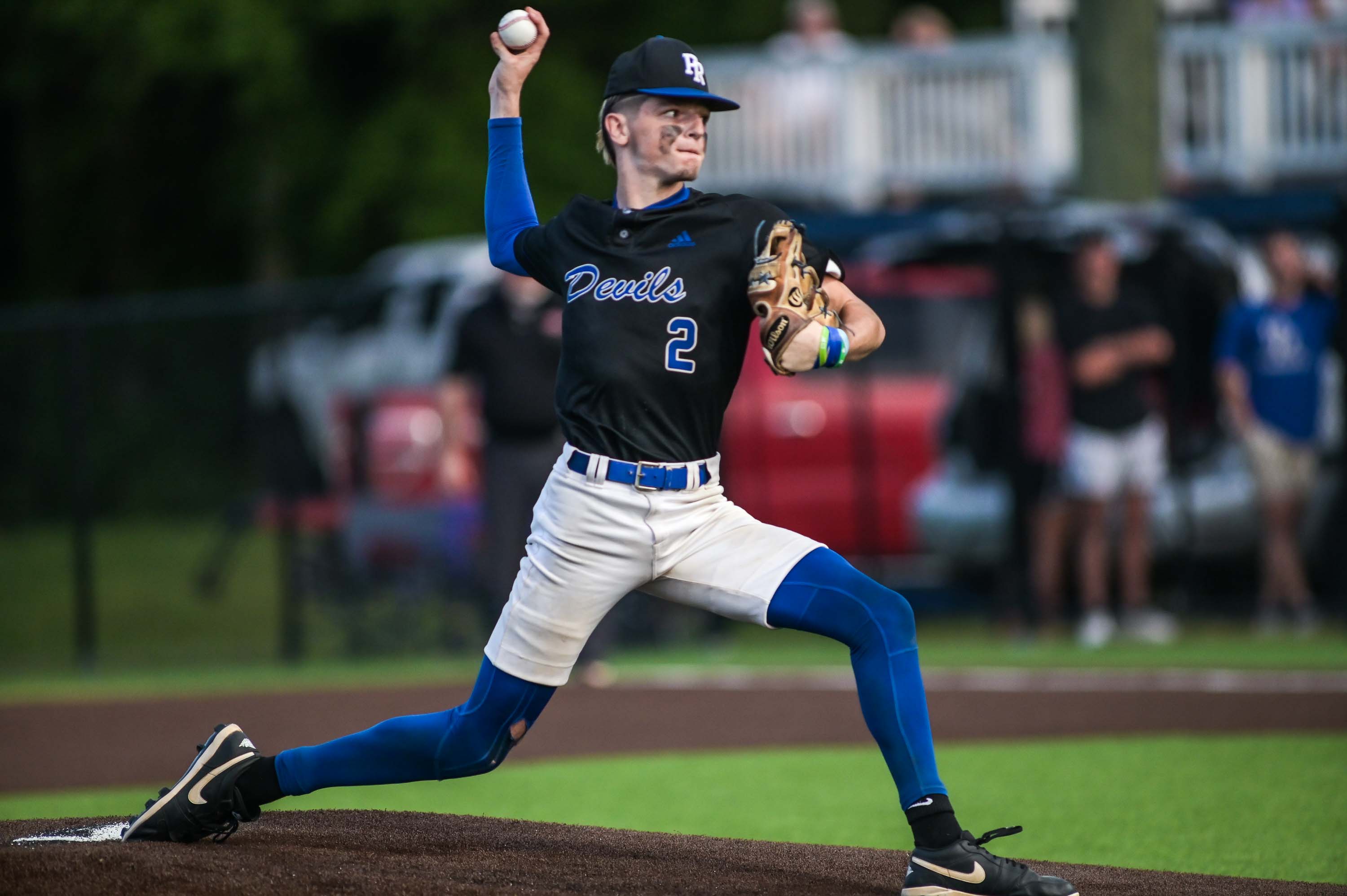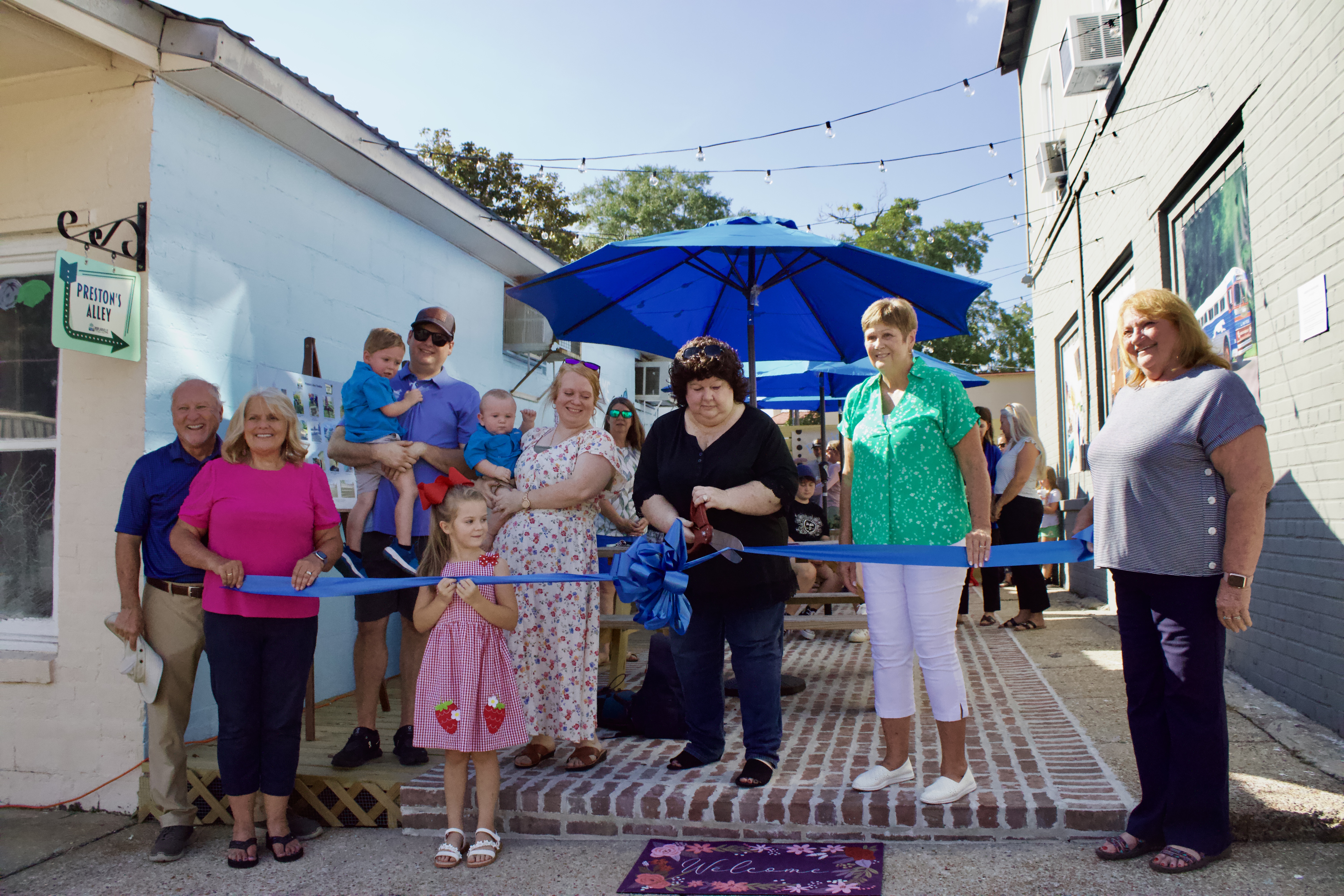Arboretum Paths: Selected plant species that will attract hummingbirds to your home landscape!
Published 10:22 am Monday, July 15, 2024
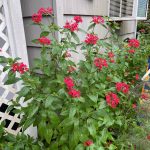
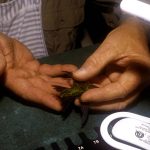
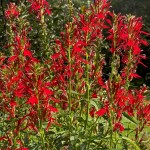

By Pat Drackett
The Crosby Arboretum/MSU Extension Service
Come out to the Arboretum this Saturday, July 20 for an entertaining and informative program on hummingbirds and how you can attract them to your garden. You will learn plants to add to your home landscape as well as other secrets on how to fill your yard with these jewel-like birds with long-time hummingbird bander James Bell.
Trending
Hummingbirds are amazing! The tiny birds can hover and even fly upside down to access a flower, and they beat their wings about fifty times a second. They fly across the Gulf of Mexico to overwinter in Central America, migrating through our area in spring and fall. Did you know you can track of hummingbird migrations? Take a spin on the Web to search for this topic and you will find several websites with interactive maps reflecting where the birds are being spotted during the spring and fall migration periods (and report your own sightings).
It’s excellent entertainment to watch hummingbirds cavorting around feeders, and some folks might maintain a dozen feeders or more during migration periods. But if you are new to using the feeders, it’s important to know that the sugar water mixture can ferment quickly and produce toxic alcohol. Make a commitment to keep your feeders clean, such as using a solution of one part white vinegar to four parts water. Change the mixture before it becomes cloudy, at least twice a week during hot weather, which causes more rapid fermentation. Locate your feeder in a shady place, such as under your porch eaves. This will slow the fermentation of the sugar mixture and prevent the development of molds and fungi. Finally, keep feeders away from areas where cats can hide and prey upon the birds.
Special sugar water mixtures do not need to be purchased. Plain white table sugar is typically used at the rate of about a quarter cup of sugar to a cup of water. Keep in mind that raw or organic sugars are not recommended, as they can contain harmful amounts of iron. Also, don’t use honey to sweeten the water, as it can promote fungal growth.
Trending
Install plants with blooms that hummingbirds prefer to attract them to your garden. We’ve spotted hummers in our Pollinator Garden feeding on Pentas, Salvia, and Coral Honeysuckle. In general, they are attracted to red or orange flowers which are tubular in shape, such as trumpet creeper, red buckeye, coral bean, and cardinal flower. As the tiny birds lap up nectar, pollen is taken up as well, and transferred as they visit other blooms.
But hummingbirds don’t live on nectar alone. They also eat small spiders and insects such as fruit flies and ants. Interestingly, they will feed on tree sap through the holes drilled by other birds such as woodpeckers or sapsuckers.
Check out our newest gallery exhibit, “Colors of the Outdoors: Paintings by Sam Beibers,” that runs through Saturday, August 31. Sam was the exhibits designer at the Mississippi Museum of Natural Science for eleven years and a freelance illustrator and watercolorist since the 1980s. His paintings are inspired by Mississippi’s flora and fauna, and feature depictions of insects, pitcher plants, birds, mammals, flowers, and trees.
The BugFest Photography Competition 2024, a celebration of insects and other arthropods, is now open for submissions! There is no entry fee, and the contest is open to all ages. Ten awards will be given. For detailed contest rules, and to register, see: http://msuext.ms/24bugfest. This year, we are highlighting Dragonflies and will have a “Best of Show” Dragonfly photo award. Deadline for entries is Saturday, September 14, 2024, at 11:00 p.m. CT. BugFest is September 20 and 21 this year.
Sign up for “All About Hummingbirds” with bander James Bell on Saturday, July 20. Choose 9:30 to 10:30 a.m., or 11:00 a.m. to Noon. Members $3, non-members $6. On Saturday, July 27, two workshops will be offered for Pine Needle Basket Making with Denine Jones. Choose 9:30 a.m. to 12:30 p.m. or 1:00 to 4:00 p.m. Best suited for 14 years and up. Members $20; non-members $25.
A “Wild About Natives” Project Wild Teacher Workshop will be held Wednesday, July 24, 9:00 a.m. to 2:00 p.m. and is open to all persons in a teaching role. For K-12th grade. Led by Mississippi Museum of Natural Science Outreach Educator Sabrina Cummings, cost is $30.00 non-refundable registration fee, with 0.5 CEU’s available. Sign up through MMNS. Details and link are on our website calendar.
To sign up for Arboretum-sponsored programs, see http://crosbyarboretum.msstate.edu/ and select “Events” from the menu for our calendar. Select your program to access a detailed description with the registration link. Questions? Call 601-799-2311, Ext. 0, Wednesday through Sunday. The Arboretum is located in Picayune at I-59 Exit 4, 370 Ridge Road.






